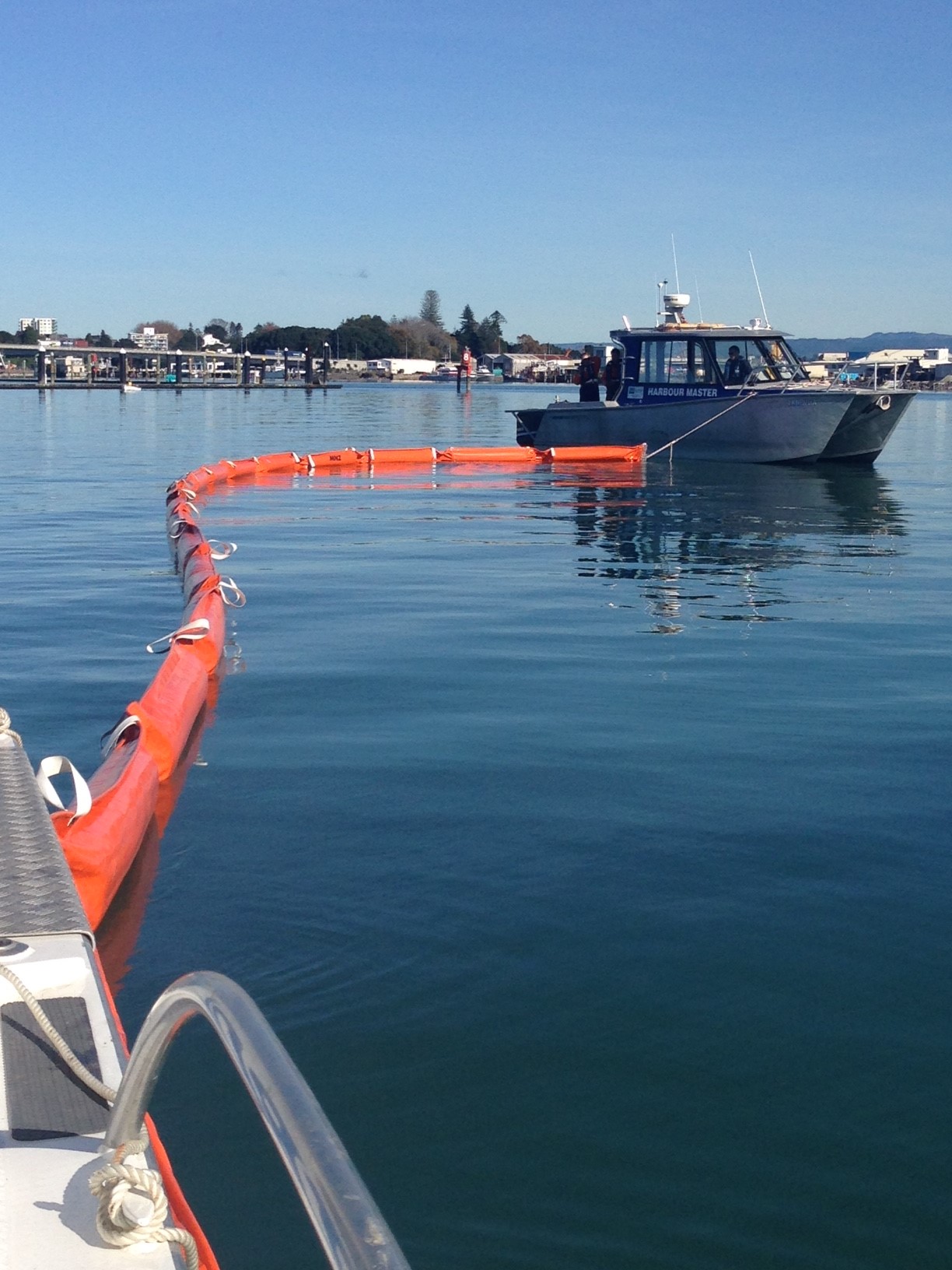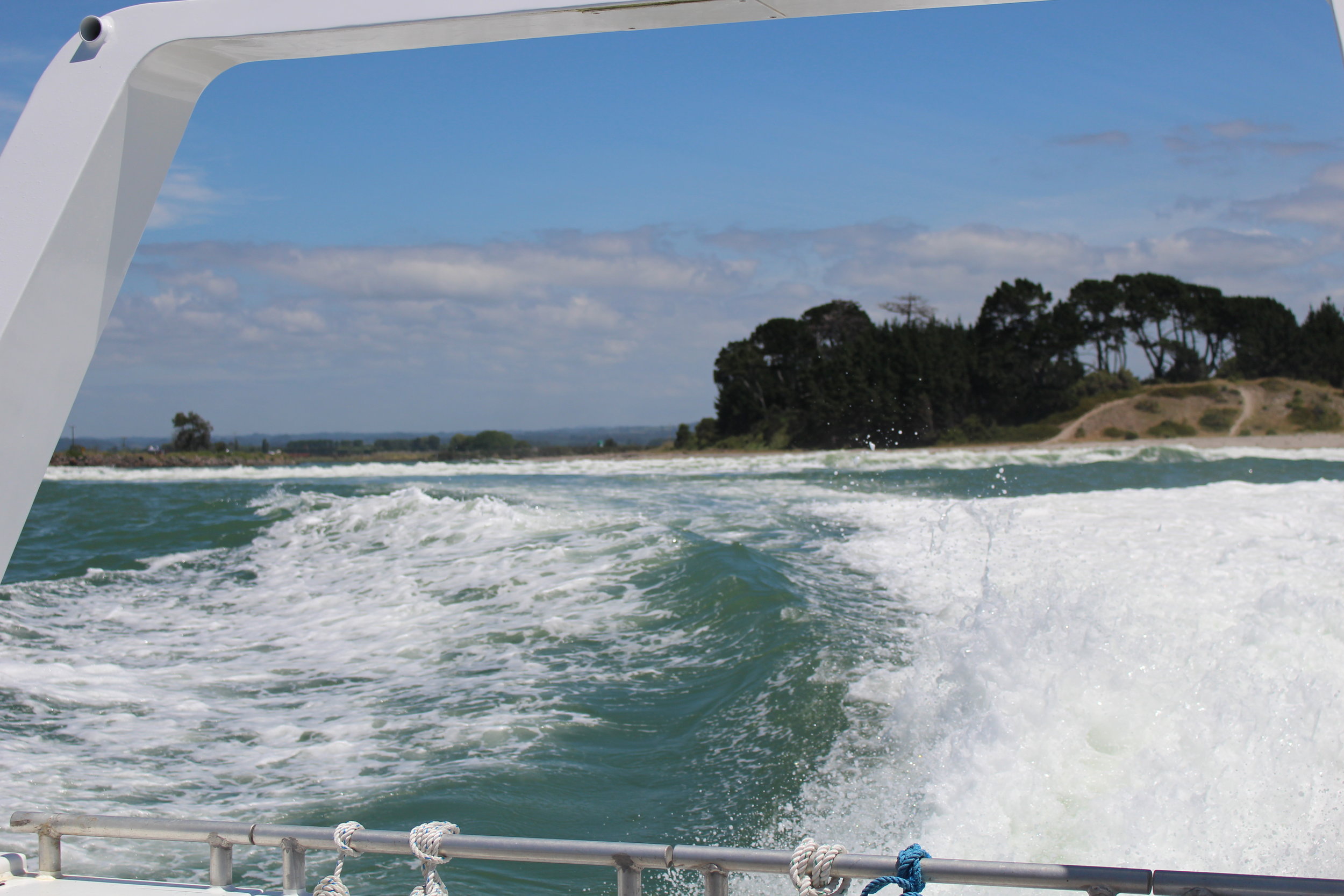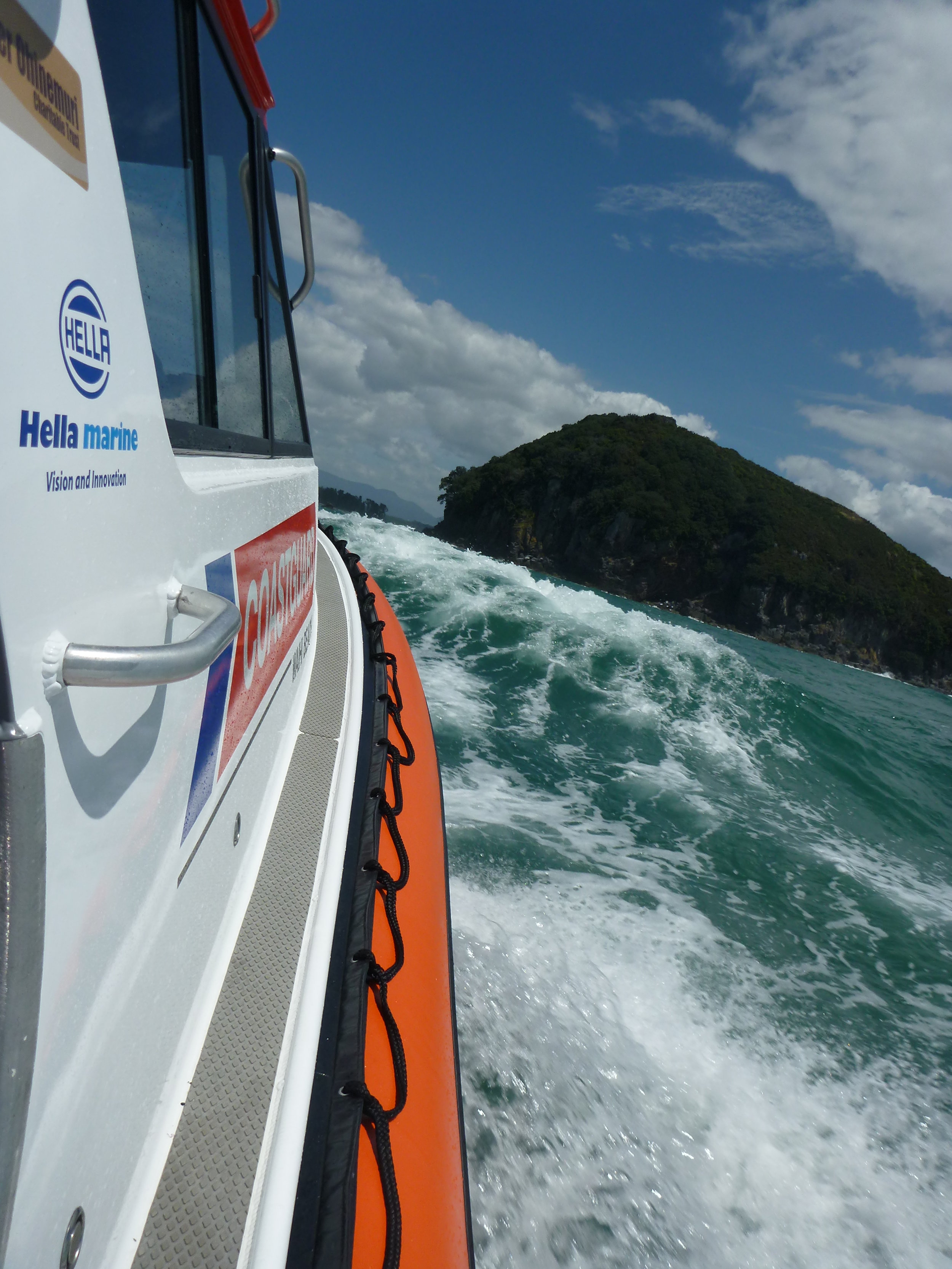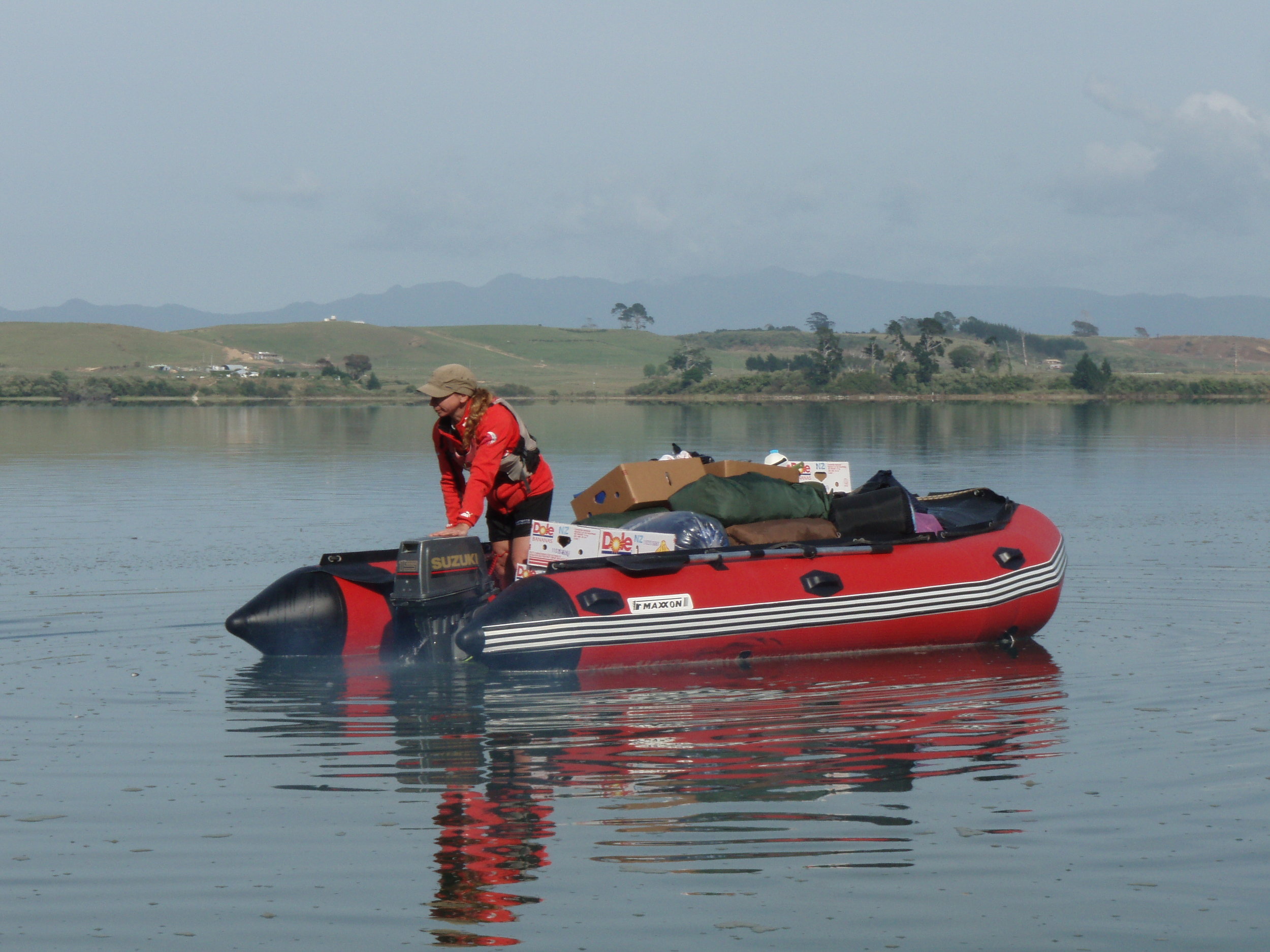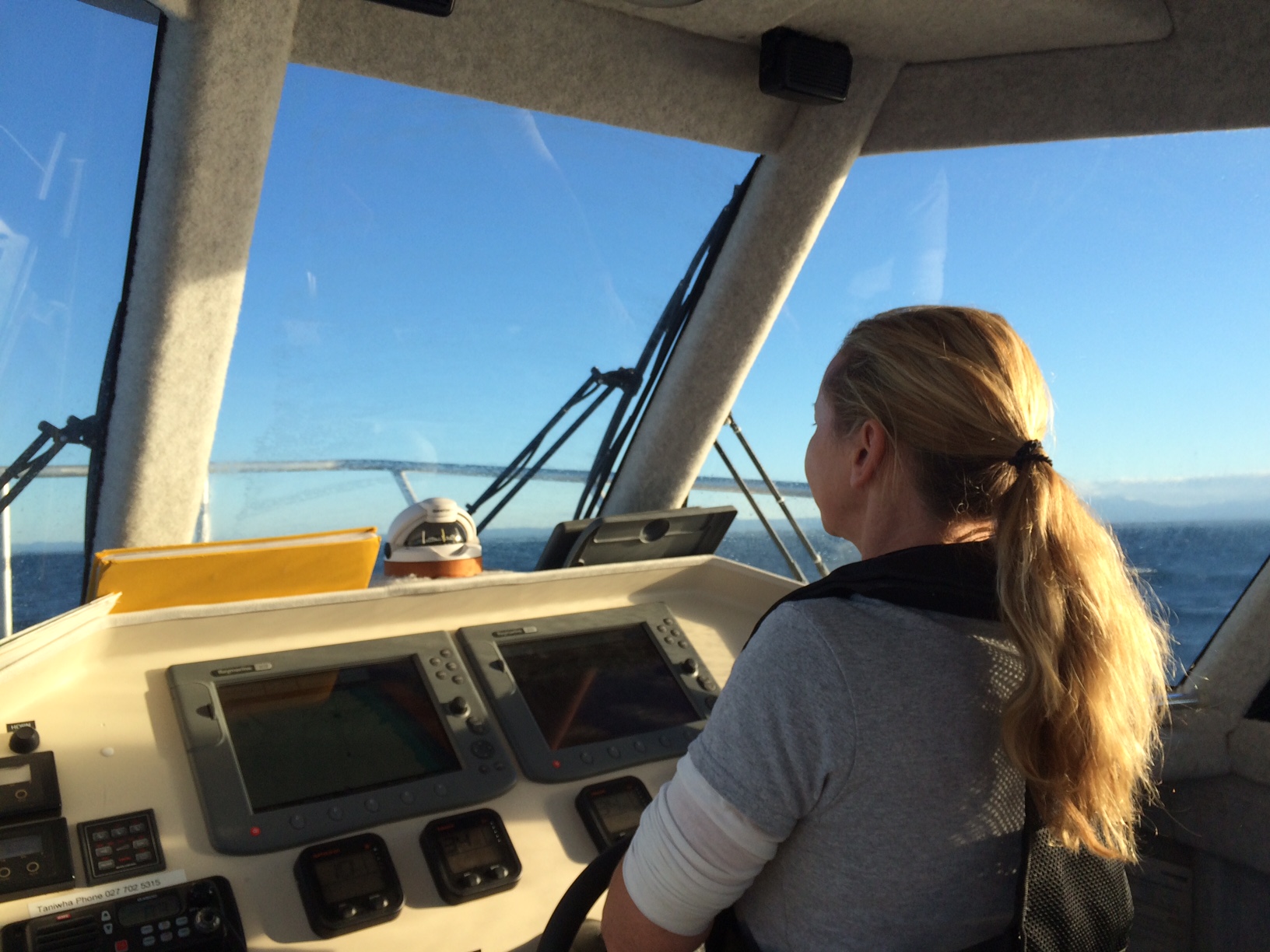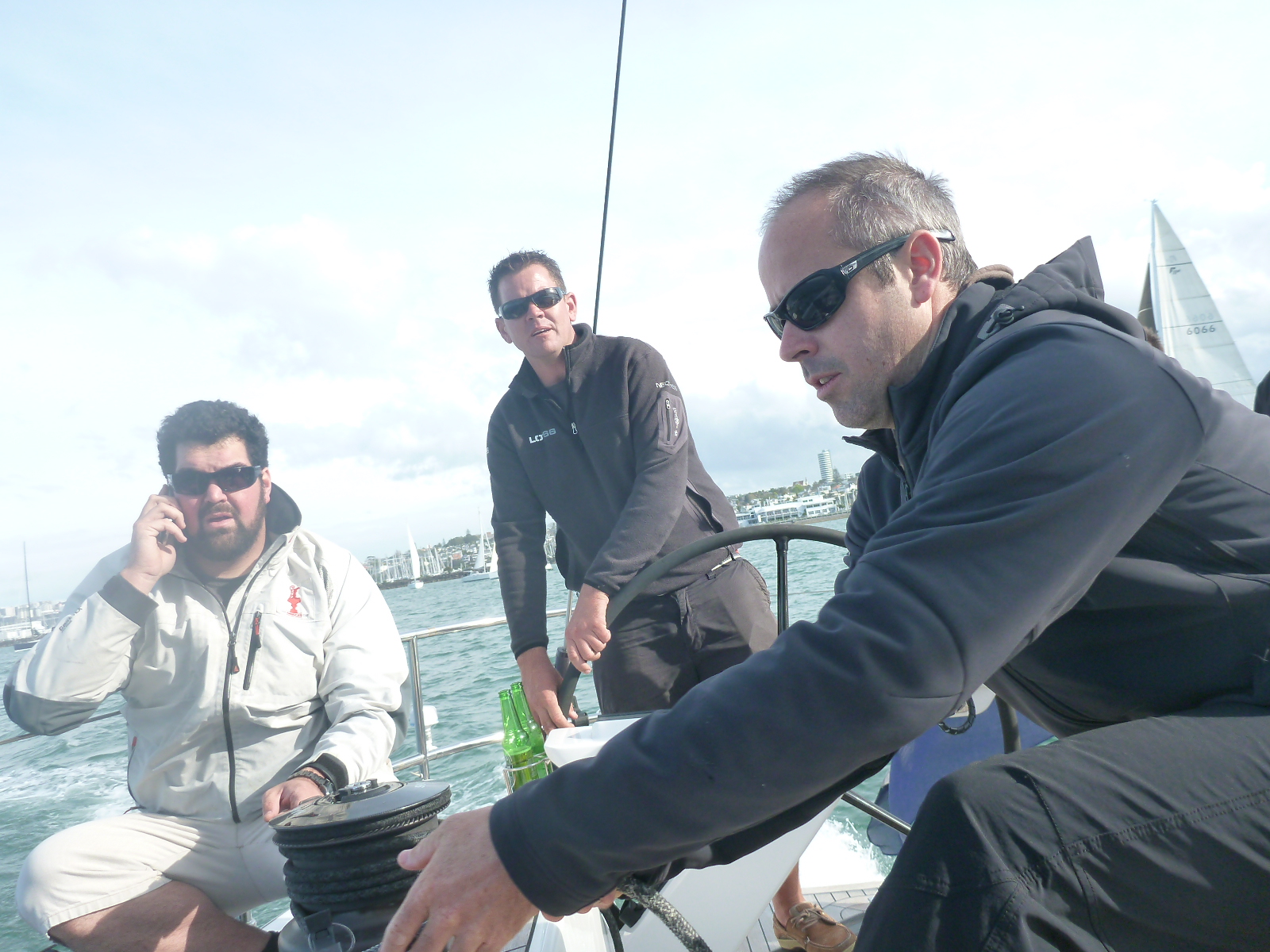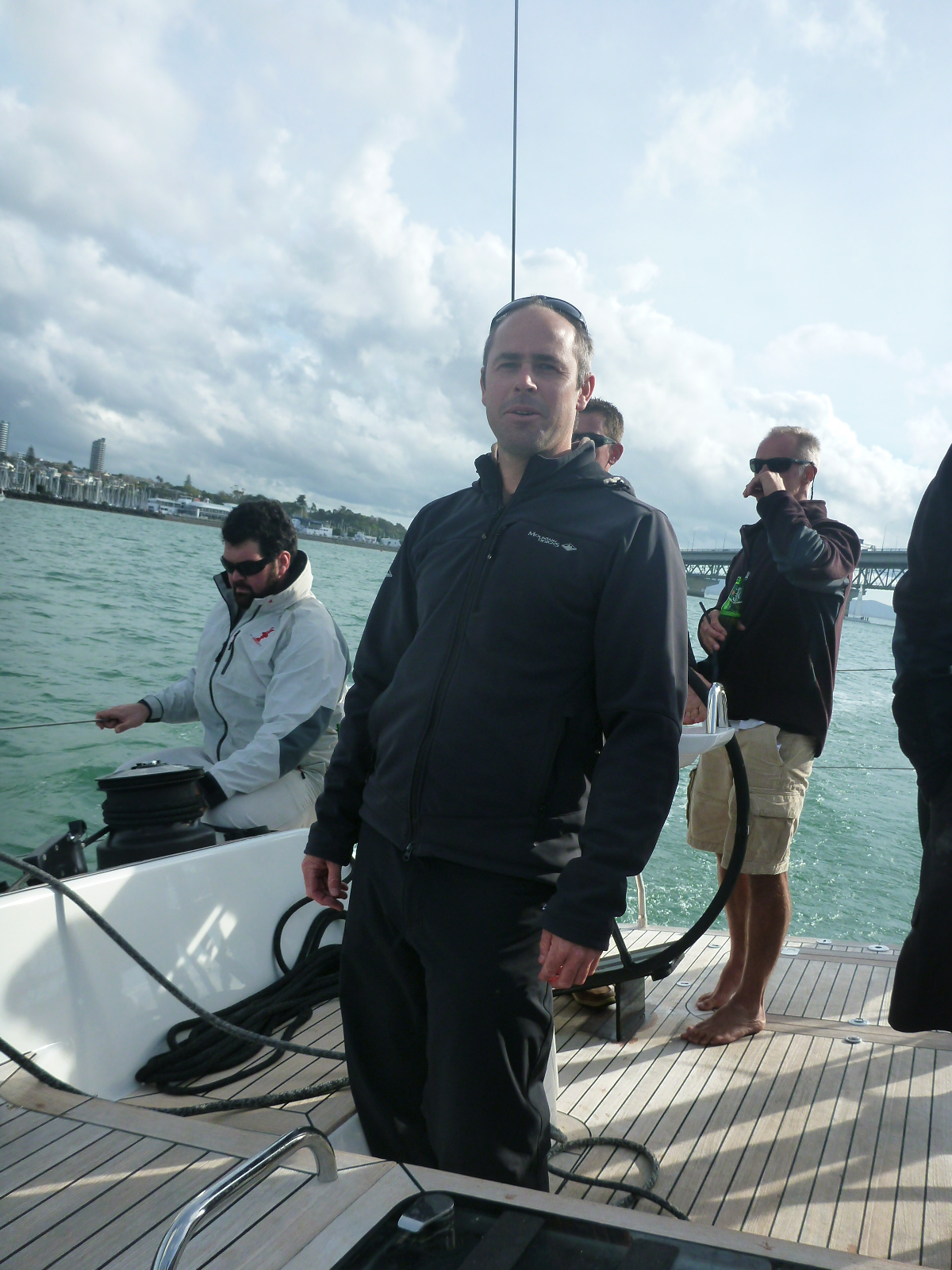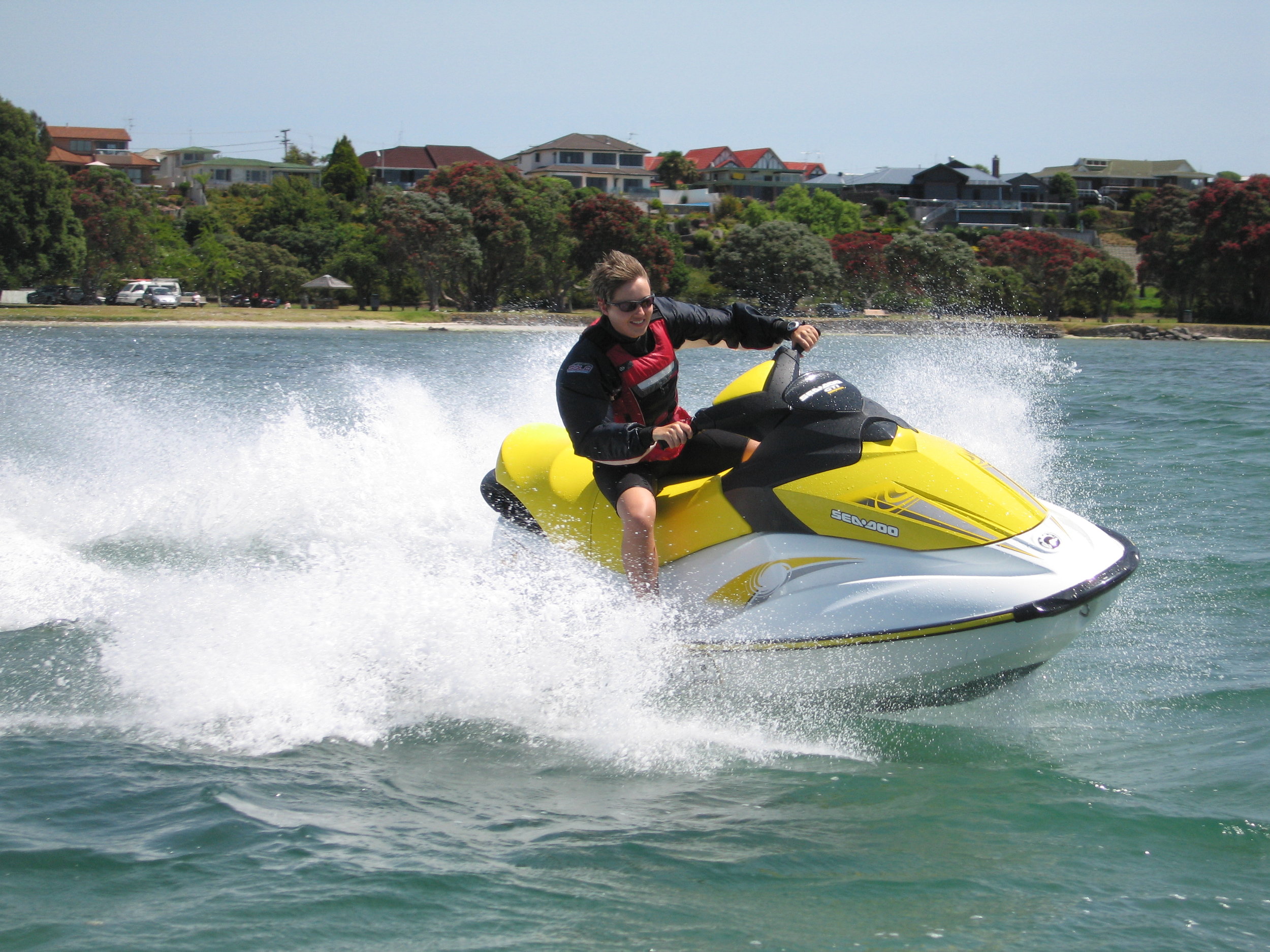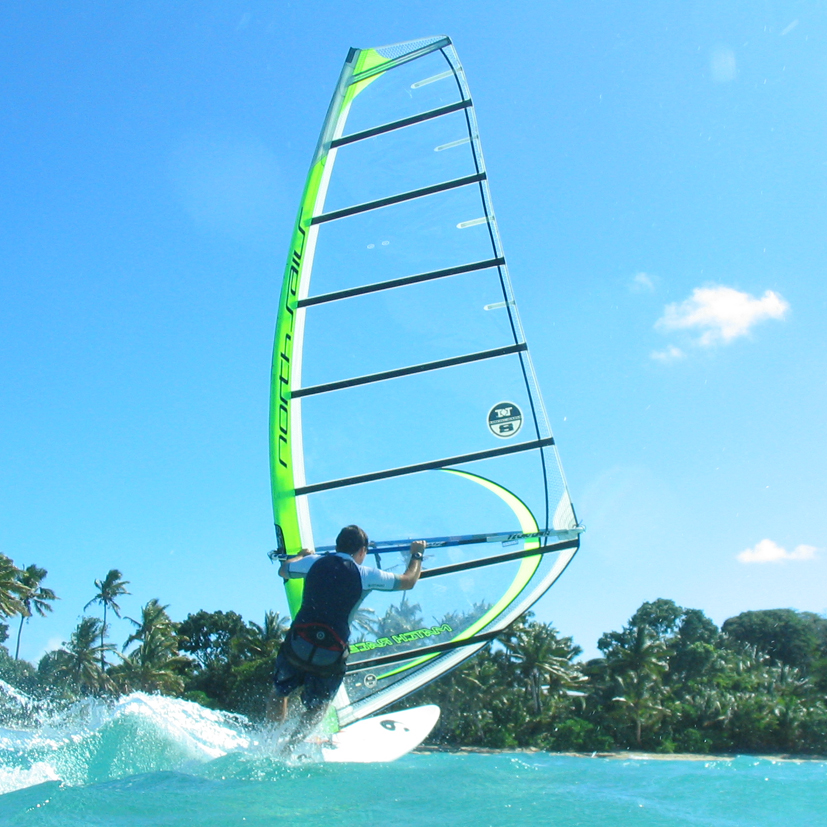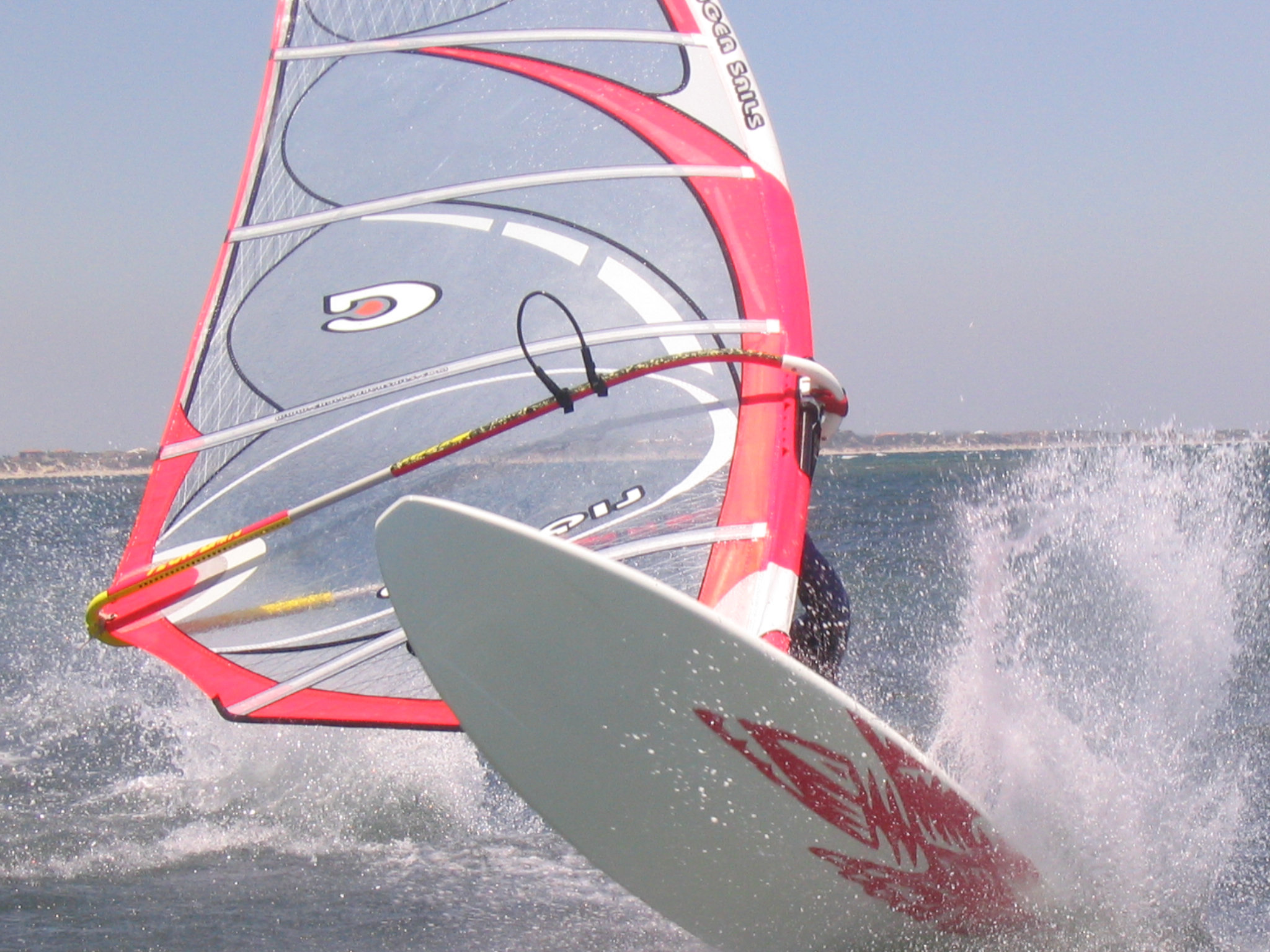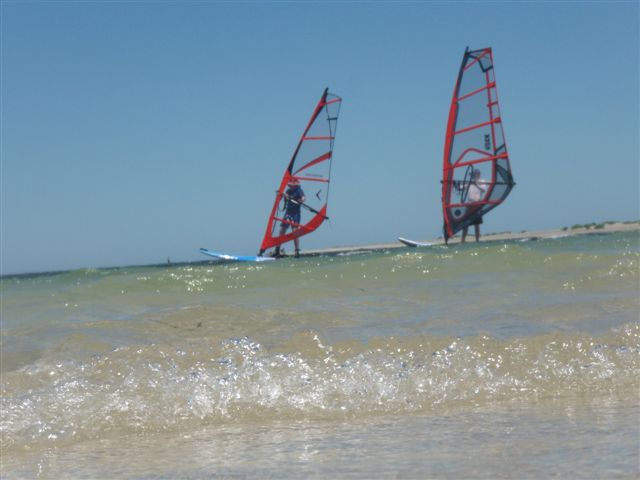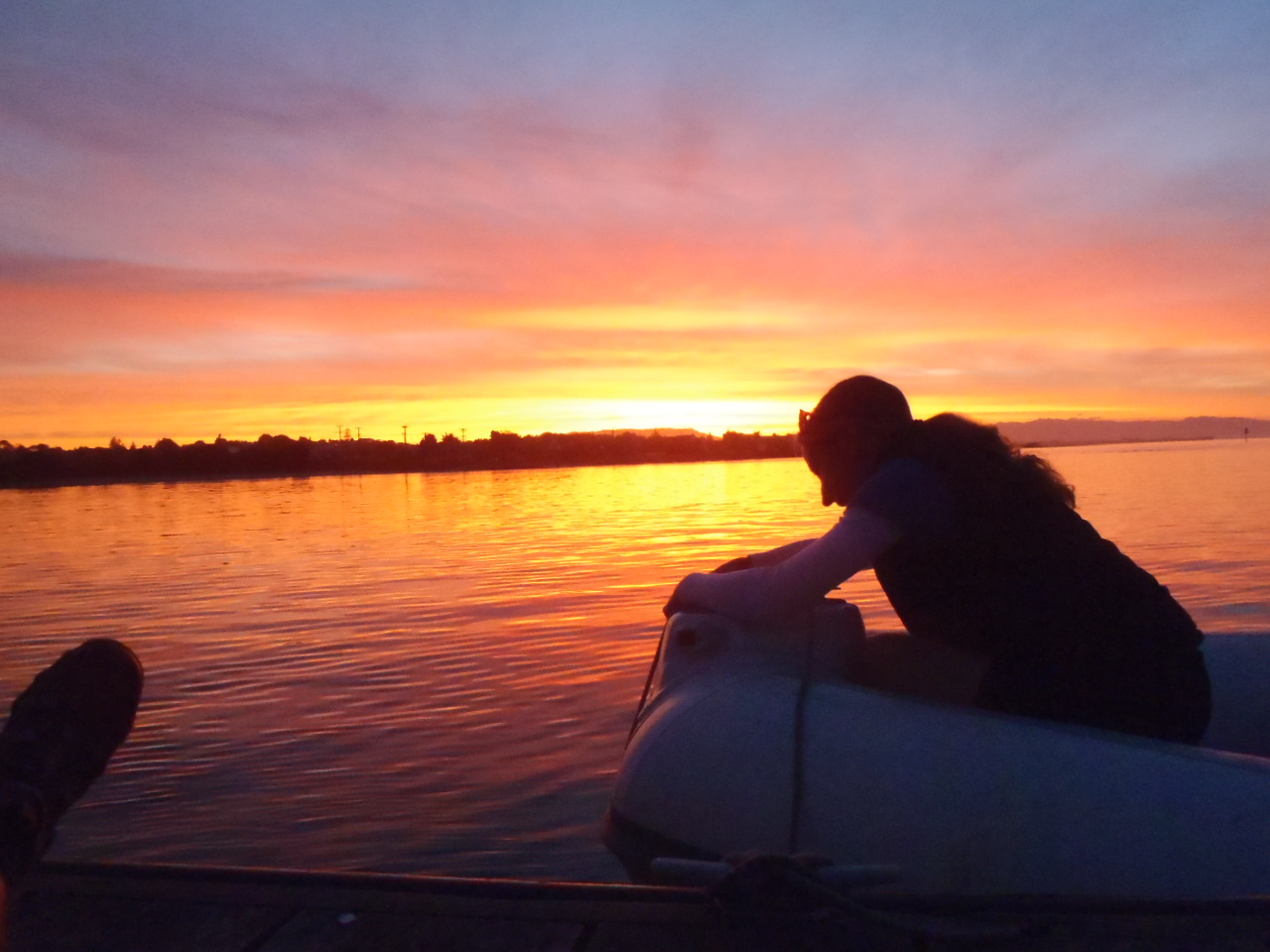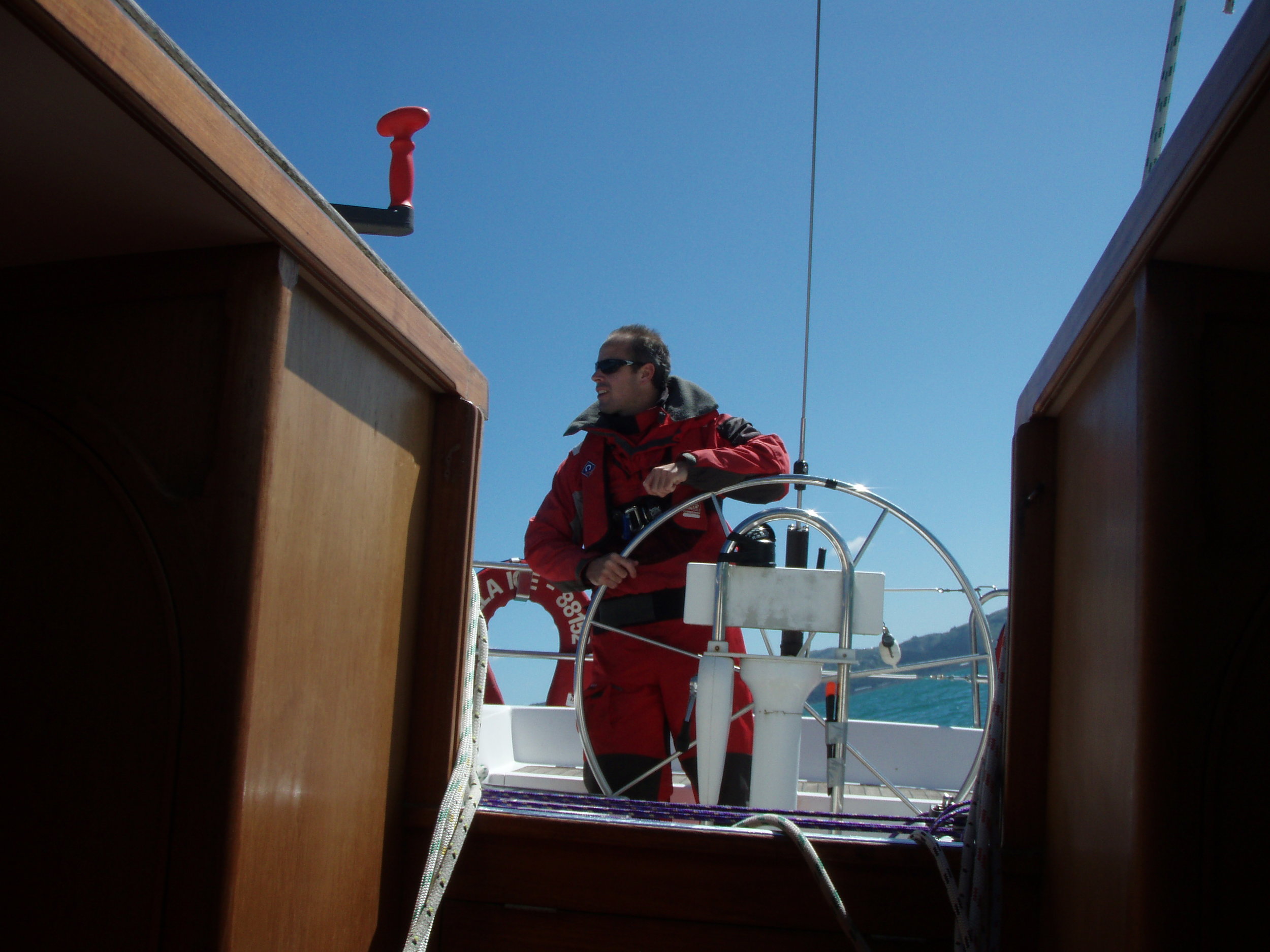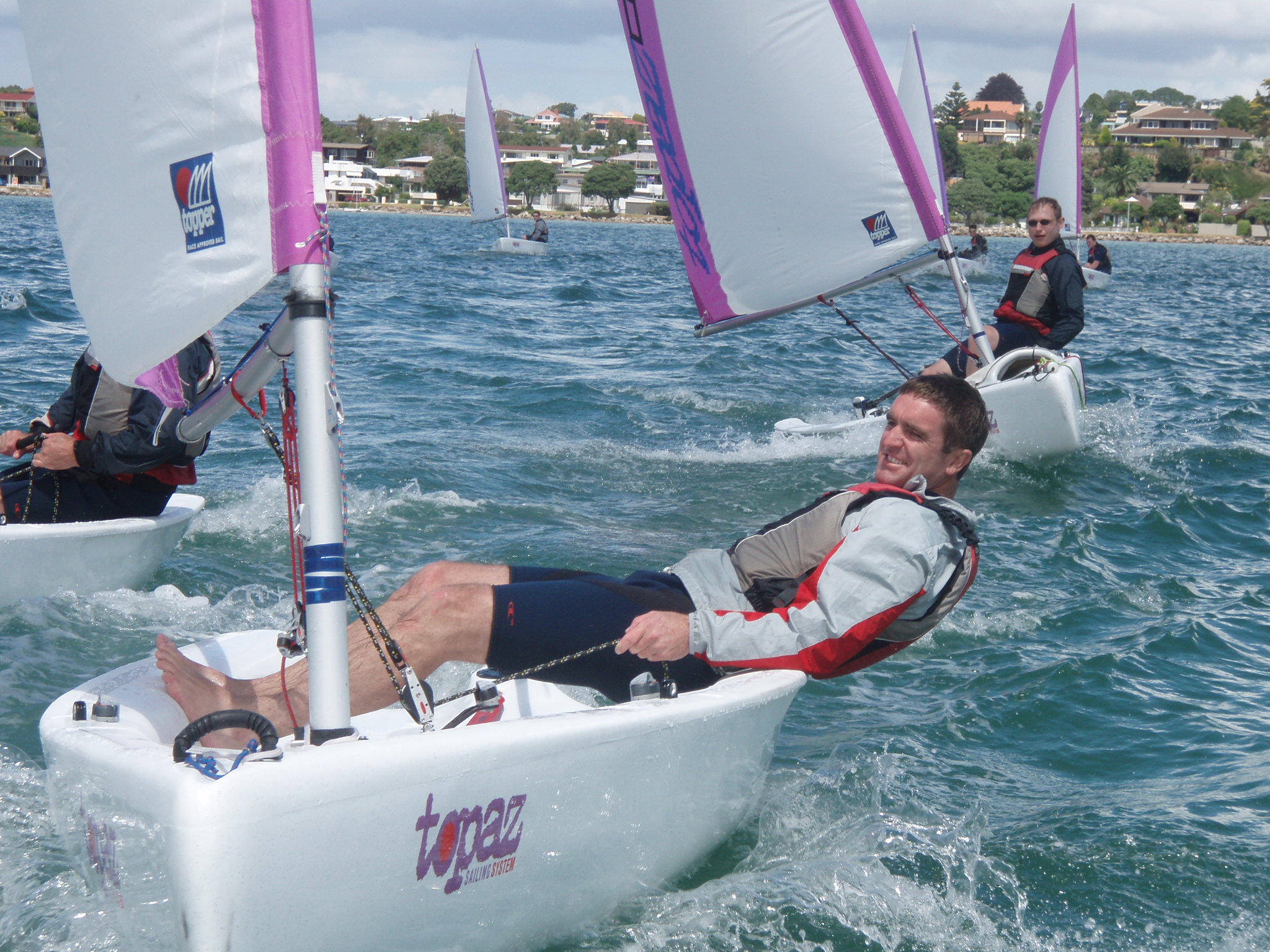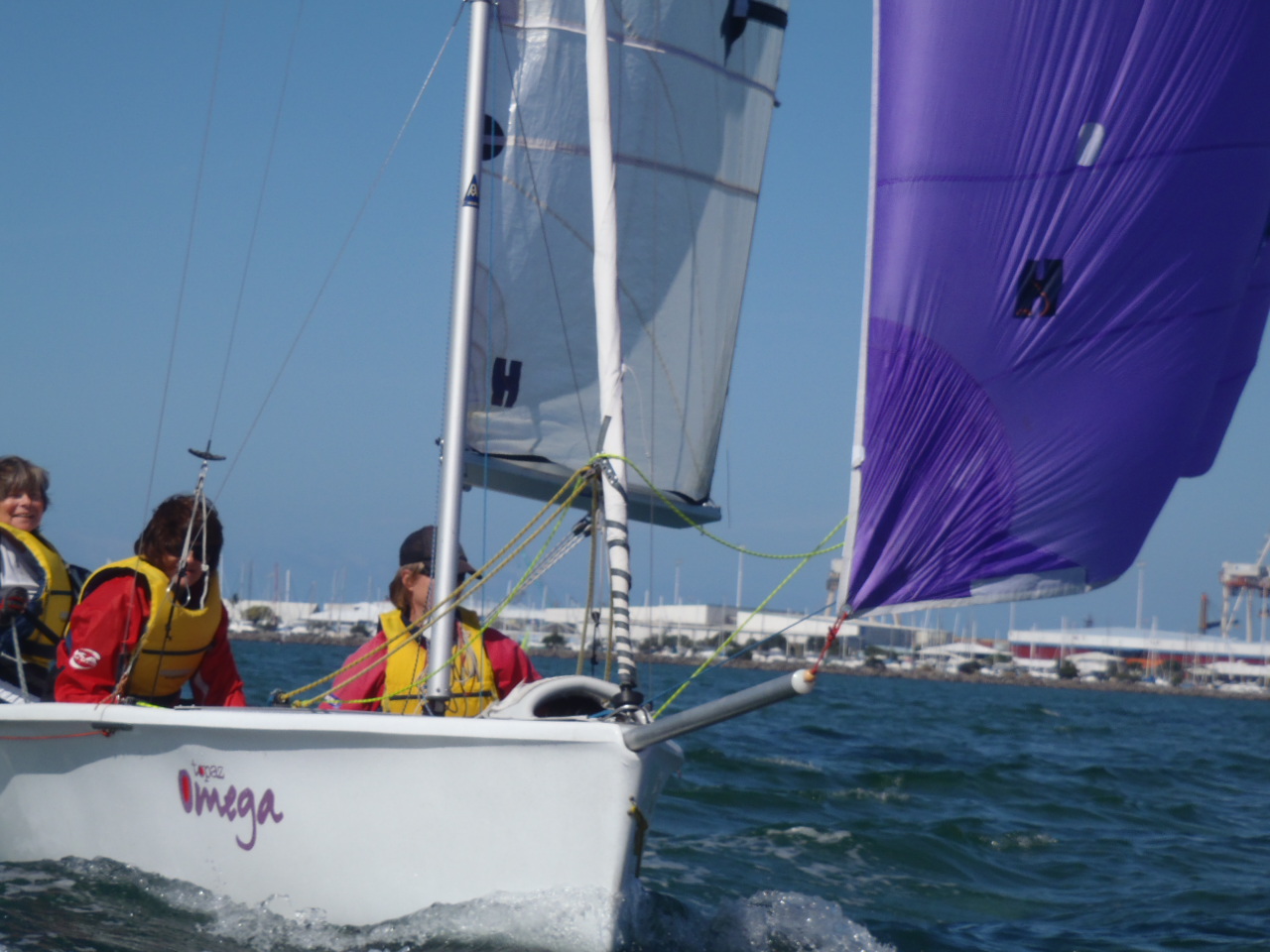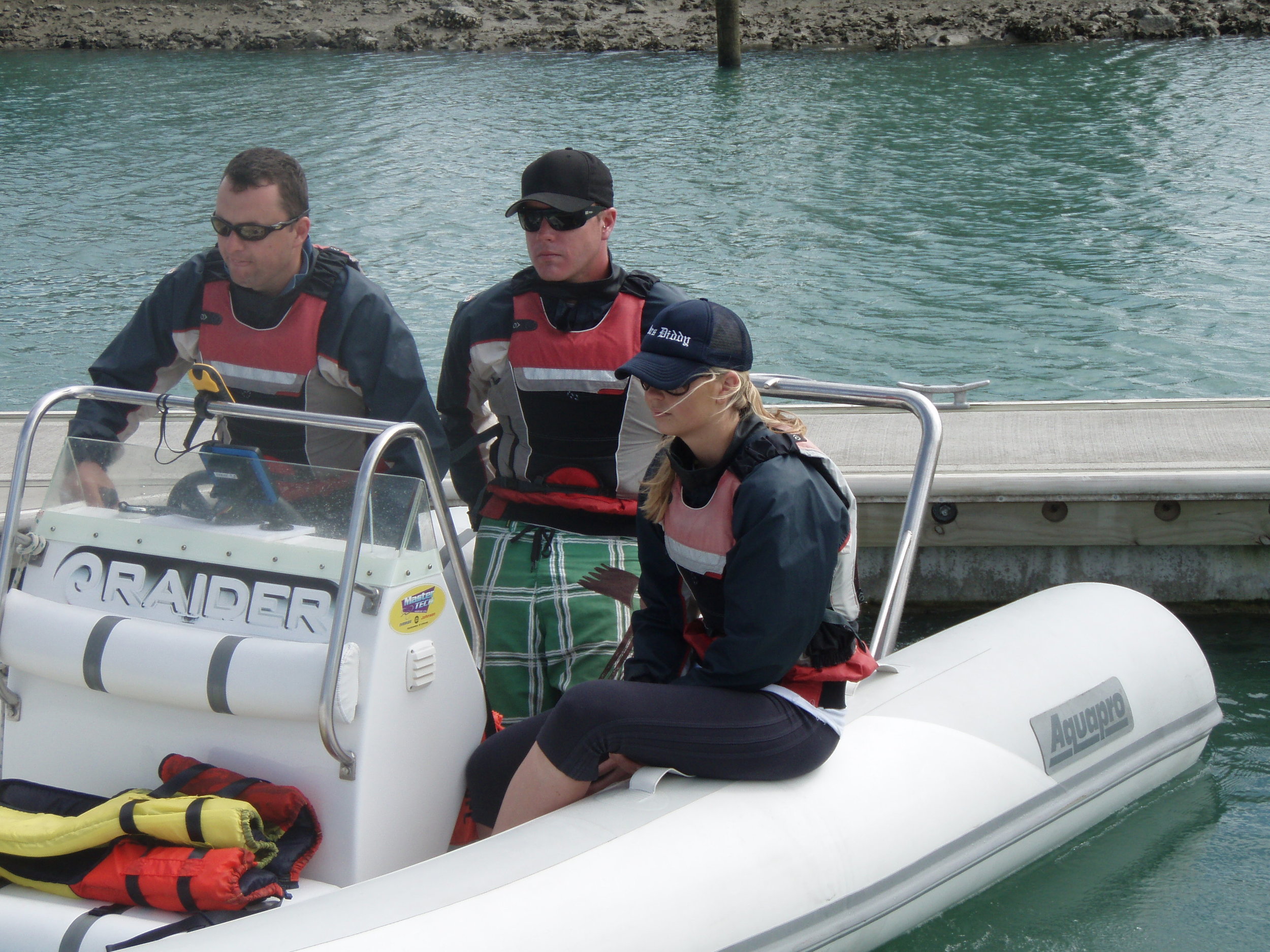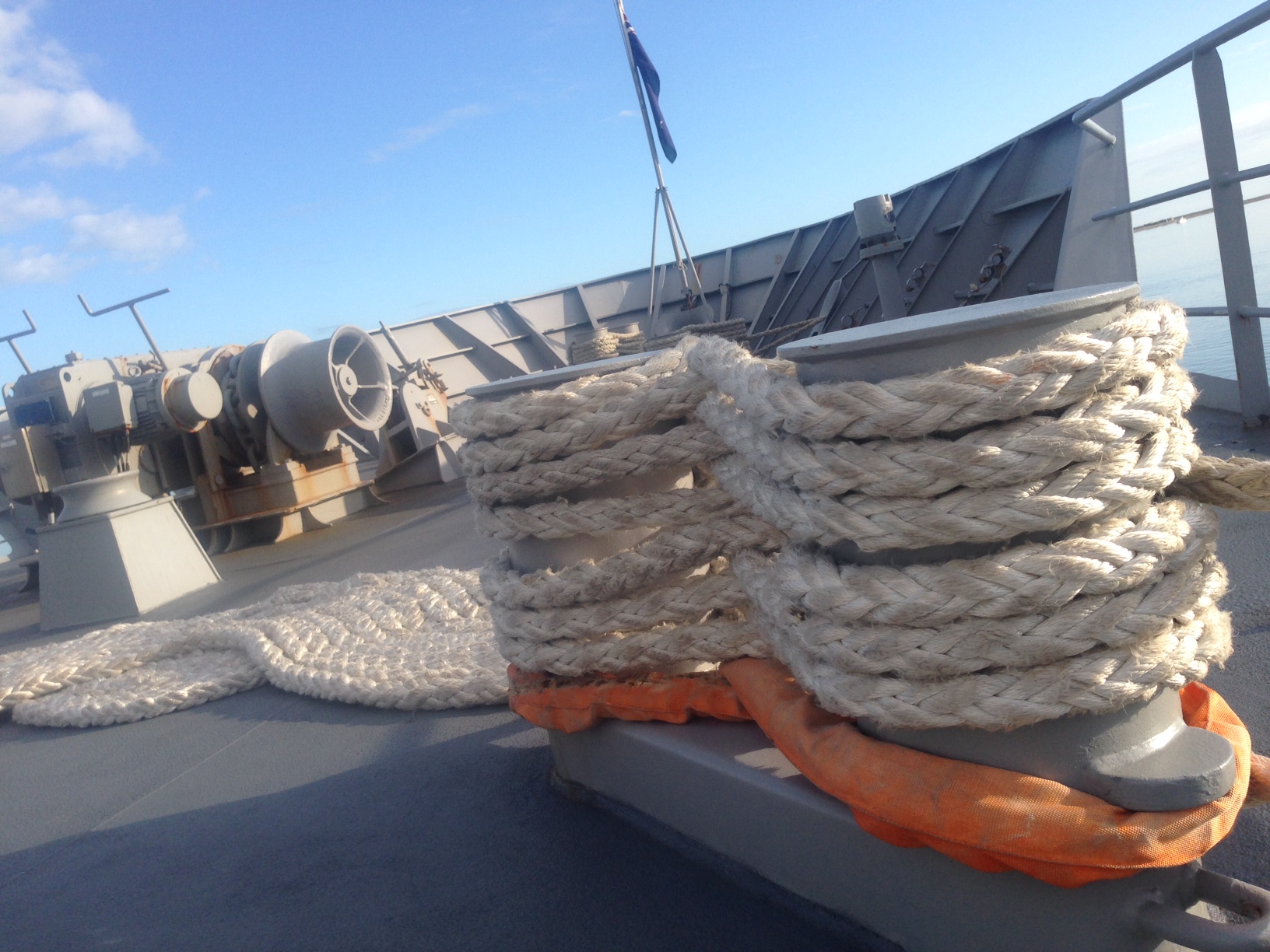GPS in iPhones and iPads
/Navigating the world of tablet sailing
With a world of choice available in terms of navigation applications, excellent portability, a touch screen, 10-hour battery life, email and internet access, and pricing favourable to other options, the iPad 2 – and non-Apple branded tablets, such as the Samsung with Android - appear to be a pretty good proposition for marine navigation.
But there are a few traps for rookie users, which we will hope to explain and unravel:
Importantly, there is debate over whether the iPad uses ‘assisted GPS’ – which is triangulation from cellphone towers to find a position – or ‘real’ GPS. The position is not clarified on the Apple website itself, but it seems that the iPad 2 Wifi + 3G does contain a true GPS receiver, and so long as you have a 3G model, you will be able to get a position fix from any location, regardless of whether there is cell phone coverage or not. However, the device will use cell phone towers to get a position quickly, until it can get a fix from satellites, which can be slow.
There is also confusion over whether the WiFi-only model has GPS capability. According to Apple, it doesn’t. For navigational purposes, you definitely need an iPad Wi-Fi + 3G model. The website says, “If you’re not within line of sight to GPS satellites, iPad Wi-Fi + 3G can determine your location using Wi-Fi. If your iPad is not in range of a Wi-Fi hotspot, it can determine its location using cellular towers.”
If you are in areas where there is no 3G coverage to hurry things along, the time to get a signal fix may be of concern. In this instance, you can invest in a separate GPS unit that plugs into the iPad or connects via Bluetooth, or you may be able to transmit data from your boat’s onboard GPS via WiFi. One such enabler is the iAIS from Digital Yacht, which will also give you access to all the ship’s data, and will also permit you to switch off the 3G at times when you are offshore and 3G roaming costs are prohibitively high.
The next important decision you’ll need to make is to select an Application that will do the jobs you want to do. There are more than 100 available for the purposes of navigation, ranging in price from free to NZ$54.99 for the Navionics version, which is billed as the world stop selling marine and lakes App. INavX is another option that integrates with your boat’s instruments. You will be impressed by the level of detail and functionality on offer, and browsing the Apple App Store and experimenting with different packages is the best way to find out what is going to work best for you.
iPads and other devices are not waterproof – but rugged, waterproof cases are available. Do some research and find one that will work for you. (For insurance, you may also want to keep the whole thing in a clear plastic ziplocked pouch). There are a wide range of suppliers of iPad mounts, at varying costs, and depending where you want to keep your iPad – remembering that the screen is reflective and difficult to see in bright daylight – so you’ll want to opt for a shady but convenient spot, and experiment with screen settings on bright days
You might also consider investing in a stylus (pen) which will save your iPad from wet fingers and smudges. Water is not a friend to the iPad – they are sensitive to water damage (and probably won’t be under warranty if this occurs), and a boat interior is a humid, salty environment. This means that a water proof radio and GPS which runs on battery power, will be an essential back up to your iPad, as well as paper charts. Another tip from experienced iPad users is to turn off the cellular reception when you know you are out of range, to prevent the device from searching for networks and chewing through its battery power. Piggybacking off your boat’s GPS data will also extend battery life


